How to Take Sharp Landscape Photos
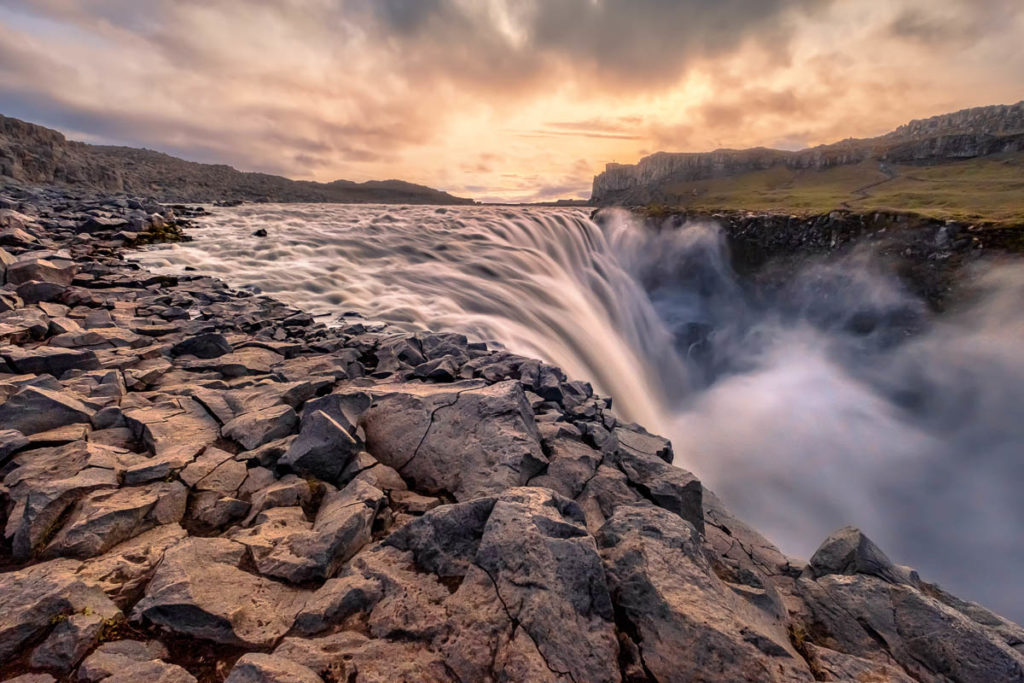
Nothing is more frustrating for a photographer than going out and capturing an amazing scene only to discover when he gets home that his photos are not sharp. In this tutorial, I’ll show you some simple tips and tricks to avoid taking blurry photos in the future! So, let’s get started!
Use a tripod
Of course, using a tripod is the first step in capturing a sharp landscape photograph. For landscape photographers, a good, sturdy tripod is an excellent investment. Avoid the really cheap ones because you’ll quickly realize you need to upgrade. I’ve been taking photos for over ten years and have only purchased two tripods. So, the tripod is not something you will replace on a regular basis. I’ve been using a Benro carbon fiber tripod for the past five years.
Use a timer
When you physically press the shutter button on your camera, you may introduce camera shake, resulting in a blurry photo. The simplest solution is to use the timer on your camera. Set the timer to 2 seconds to give the camera a few seconds to stabilize. If you’re using a telephoto lens, try increasing the timer to 10 seconds, especially if it doesn’t have a tripod collar attached. This way, you can give your camera a few more seconds to stop shaking.
Use a shutter release cable
An external shutter release cable is a better way to avoid using the internal timer. When photographing waves, for example, you must sometimes take precise shots in a timely manner. It’s also inconvenient to have to wait 2 seconds between photos. As a result, using a remote shutter release is an excellent way to avoid pressing the camera’s shutter button.
Remove your camera’s strap
Many photographers use a camera strap attached to their camera. Of course, it’s useful when you’re moving around taking photos. However, if you are using a tripod and it is windy, the camera strap may flap around and shake your tripod or camera. Personally, I use a Peak Design camera strap that is easily attached and detachable.
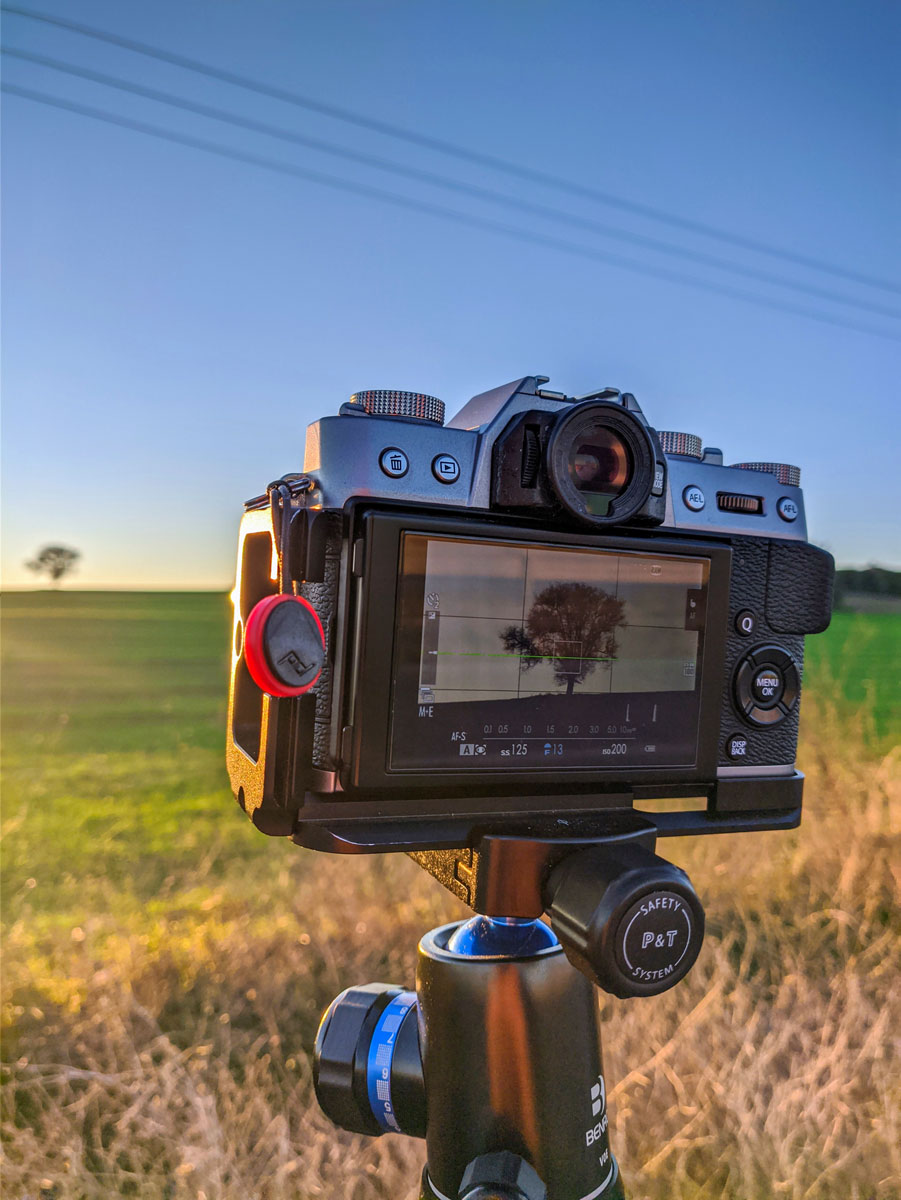
Block the wind
This last piece of advice comes in handy when photographing in severe winds. You can shield your camera with your body. Simply stand next to your camera in the direction of the wind. This provides an extra layer of protection.
The reciprocal rule
The reciprocal rule comes in handy while taking a handheld photo. The reciprocal rule is a simple formula for calculating shutter speed. Simply put, you want to keep your shutter speed at least one over the focal length you’re shooting at to avoid camera shake. Use a shutter speed of 1/50th of a second if you’re shooting at 50mm. Use a shutter speed of at least 1/100th of a second while shooting at 100mm. You get the idea. Slower shutter speeds are possible if your camera has IBIS (In Body Image Stabilization) or your lens has OIS (Optical Image Stabilization).
Use your camera’s lcd screen
The last, but certainly not least, step is to examine your captured image on the back of your camera’s LCD screen. Check the photo on your LCD screen after you’ve taken it. Make sure it’s razor sharp by zooming in!
Final words
So, hopefully, this post will assist you in taking crisp landscape photographs. Do you have any more photography tips to get sharp photos? Please let me know in the comments section below.



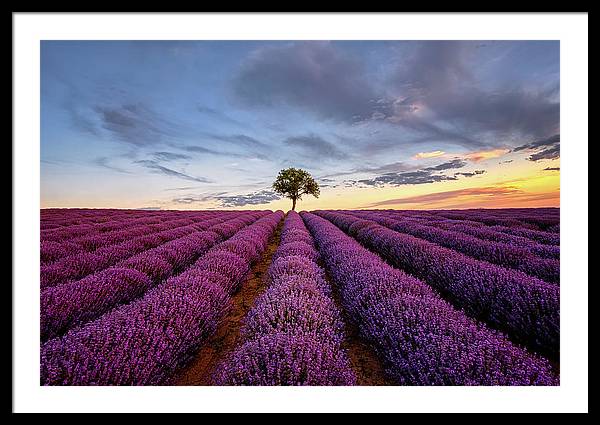

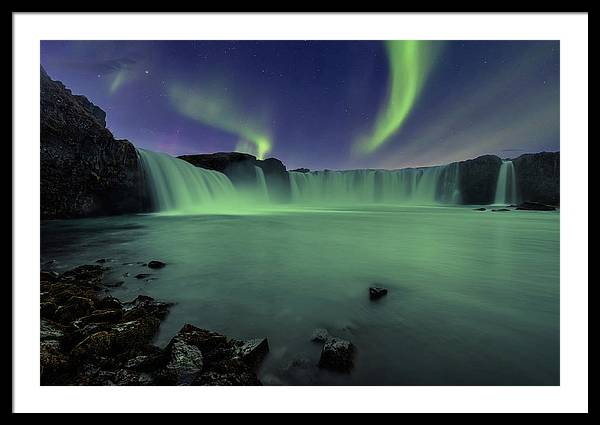
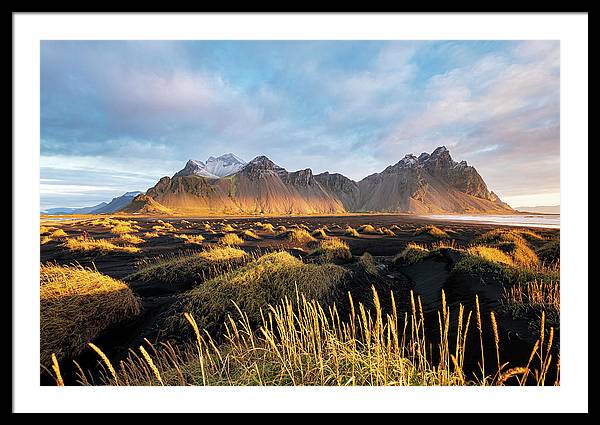
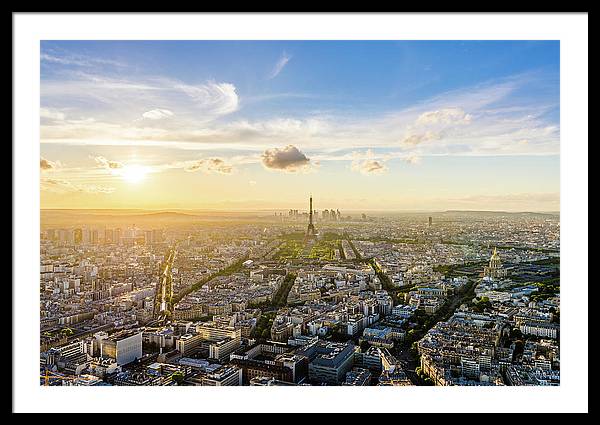

Comments on This Post
Bob DeckerAuthor
Good advice. I sometimes simply wrap the camera strap around the tripod rather than removing it. Another method to reduce it creating vibrations in the wind.
Alexios NtounasAuthor
Thanks Bob! That should do the trick if you cannot remove the camera strap. Speaking of keeping your tripod steady in the wind you can also try to hang your camera bag at the bottom of the tripod to add some extra weight. You can also place the legs of the tripod at the direction of the wind by having the two legs at the back and the single leg at the front.
Steve HeapAuthor
Great advice. I was going to add the one about hanging the camera bag but you beat me to it. Don’t overextend your tripod with the extension column and think about adding an L bracket to your camera to make it easy to do vertical shots.
Alexios NtounasAuthor
Both are great points Steve! Thanks for adding them. I also do both but forgot to mention them. The L bracket has also the advantage that your camera won’t be off-balance when you want to take a vertical shot.